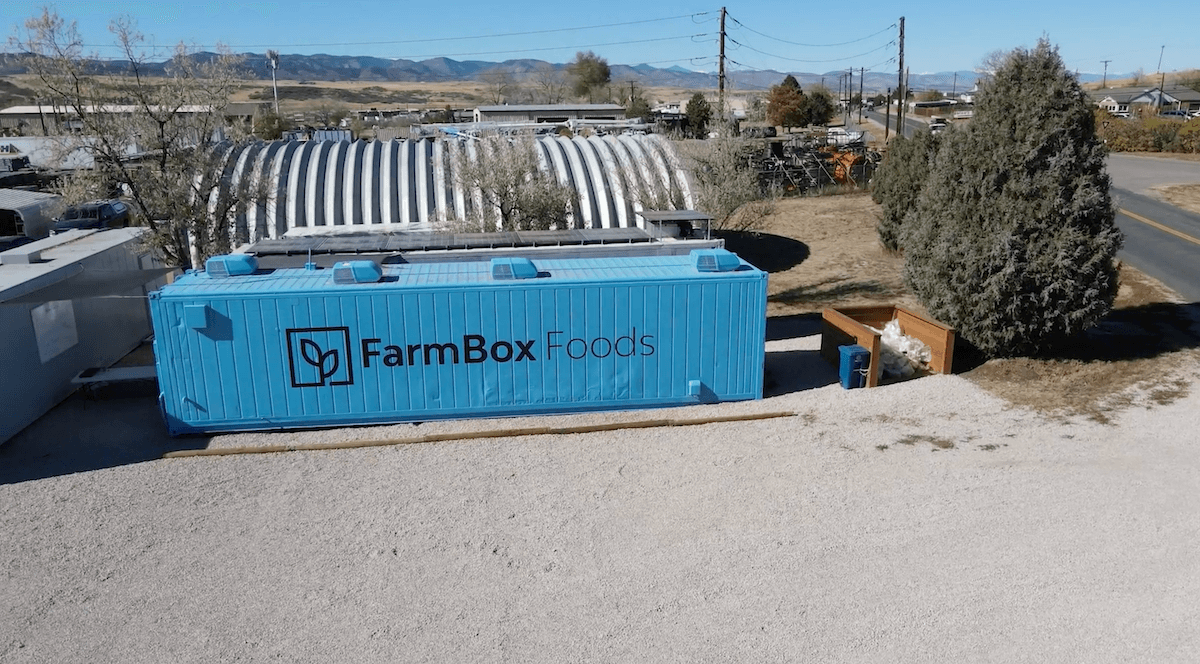Environmentalists have talked for decades about the value of the clean air, clean water, biodiversity and other “services” provided by nature. Now comes the fullest accounting to date of actual transactions that pay for such services.
The headline number: between $36 billion and $42 billion per year, in more than 550 “payment for ecosystem services” programs worldwide, according to the compendium, published (paywall) in the peer-reviewed journal Nature Sustainability.
“These markets are growing,” James Salzman, the professor at both the UCLA School of Law and UC Santa Barbara who led the study, said in an interview. “This is still a relatively young approach. It hasn’t grown as fast as some boosters had hoped. But this is real money.”
The notion behind payments for ecosystem services is to create incentives for landholders to manage their property to ensure the water supply, flood control, carbon capture, wildlife habitat and other natural “services.” In economic terms, the payments “internalize the positive externalities generated by natural systems,” according to the paper. (See, “Assembling the pieces for ‘landscape-scale’ conservation investments”).
There are several varieties of such programs, including user-financed payments. The Freshwater Trust, based in Oregon, for example, receives payments from wastewater and other utilities to restore watersheds, including by planting trees that provide shade and cool rivers to maintain compliance with environment standards.
Grain to green
Governments may also pay for such services. China has the largest such program in the world. After a series of floods and droughts two decades ago, the Chinese government established the Sloping Land Conservation Program (focused on converting steep farmland to forest and grassland) and the Natural Forest Conservation Program (to encourage logging bans and reforestation). The two programs distributed between $50 and $100 billion between 2000 and 2010 and continue to operate.
“They’re very bullish on this,” said Salzman, who has worked with the Chinese National Academy of Scientists to help develop the next round of “eco-compensation.”
“The take-home message for China is, ‘This is not a blip.’ This is a core aspect of national strategy. Their goal is to increase payments in coming years, not to reduce them,” Salzman said.
In some developed countries, regulations create obligations that can be met with payments for ecosystem services. In the US, one of the most advanced markets is for wetlands mitigation banking, created under the “no net loss” provisions of the federal Clean Water Act. Developers pay into mitigation banks that restore even more wetlands than are damaged by the projects. (See — and listen — “Nature Reduces Risk: Financing large-scale conservation”).
Fund manager Ecosystem Investment Partners has raised more than $500 million from private investors, in three funds, to take on such restoration projects. “The range of environmental issues that are being addressed by the private ‘restoration sector’ is expanding,” managing partner Adam Davis told ImpactAlpha. The state of Maryland, for example, is purchasing stream restoration to reduce sediments and nutrients flowing into the Chesapeake Bay, while California is seeking restoration of tidal wetlands to protect an endangered species of fish.
“The public sector sets the goals and objectives, and sets the standards for performance.” Davis said. “The private sector provides financing as well as design/build capability and takes on the risks associated with delivering the result.”
Such “compliance” marketplaces have generally been limited to developed countries, but there are voluntary mitigation banks in Malaysia and the approach is being piloted in Colombia, the report said.
The new study draws on years of reports in Ecosystem Marketplace, an initiative of the nonprofit Forest Trends, which has tracked such payments for years but hadn’t compiled the full roster. “This is orders of magnitude better and more comprehensive than anything done before,” Salzman said.
Market gaps
The study does not, however, attempt to quantify the actual restoration impact of the payments. “For the vast majority of programs, we simply do not know their effectiveness,” the report says, adding that “research has provided very mixed results” in assessing the impact of payments for forests, watersheds “as well the programs’ impacts on social welfare.”
Some ecosystem services are better fitted to such payments than others. There are only about three dozen payment programs focused on biodiversity, for example, since the beneficiaries of such “services” are diffuse and the benefits often nonmaterial. Watershed improvements, on the other hand, can deliver direct benefits, for example, to hydroelectric power producers.
Such watershed restoration schemes are emerging in Latin America, where at least 57 funds have been created in the last decade. The Nature Conservancy’s Latin American Water Funds Partnership has launched 16 funds. Brazil’s National Water Agency operates 19 programs to protect drinking water for São Paulo, Rio de Janeiro and other cities.
For all the concern about climate change, financing the protection and restoration of forests to capture carbon was surprisingly low. The study found market-based payments for forestry and land use practices that sequester carbon of about $2.8 billion. California’s cap-and-trade market, for example, caps the amount of carbon credits that can be generated from forest projects. The European Union’s Emissions Trading Scheme, has not directed investment to forest conservation, Salzman said. (See, “Restoring forests is investable”).











